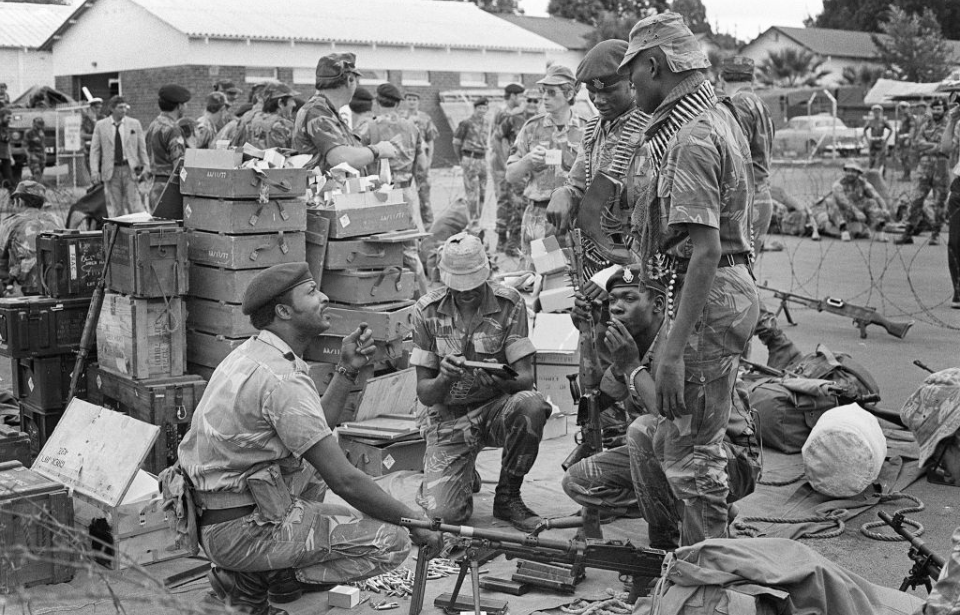The Selous Scouts were a specialized force that fought in the Rhodesian Bush War under the Rhodesian Army. Comprised of trained soldiers working alongside ex-guerrillas, they were an unconventional group whose methods proved to be extremely effective. However, while their tactics were successful, they also led the Scouts to earn themselves a controversial reputation.
Creation of the Selous Scouts
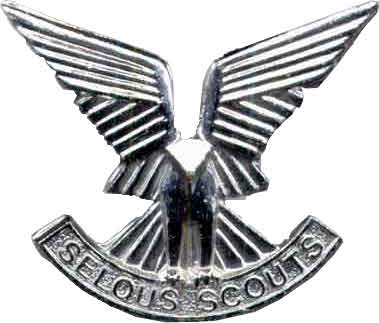
The idea for creating a unit composed of soldiers and their former enemies to infiltrate guerrilla networks was first suggested in 1966, following Southern Rhodesia issuing its Unilateral Declaration of Independence (UDI). The country, which had long been under British colonial rule, announced it now regarded itself as a sovereign state, leading to a period of armed unrest.
The feasibility of such a regiment, which would conduct so-called “pseudo operations,” was tested by the British South Africa Police’s Special Branch and initially proved ineffective, as Rhodesia’s Black population wasn’t worried about the guerrillas and therefore wouldn’t provide information about them.
Upon the Zimbabwe African National Liberation Army (ZANLA) gaining control of the country’s northeast in 1971, the idea of conducting pseudo operations became more realistic. While now considered a practical option, the implementation of such a program was delayed until early 1973. That February, the Rhodesian Army created two teams comprised of ex-Communist guerrillas and members of both C Squadron, 22 (Rhodesian) Special Air Service and the Rhodesian African Rifles.
Later that year, Maj. Ronald Reid-Daly was asked to come out of retirement as the regiment’s commanding officer. Over several months, the Selous Scouts, named for British explorer and hunter Fredrick Courtney Selous, underwent extensive training to refine the arrangement of soldiers who’d been teamed up with the former guerrillas.
To build trust between the two sides, the guerrillas were given AK-47s with the firing pins removed. They weren’t made aware of this, but it did establish a camaraderie that would hopefully prevent them from turning on the soldiers.
The selection test was severe
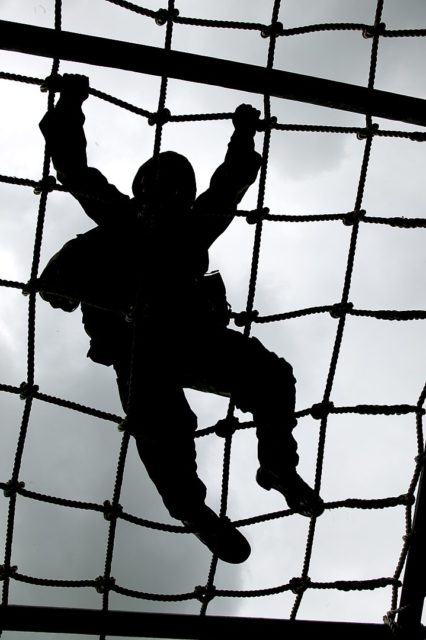
Members of the Selous Scouts had to earn their place in the regiment by taking part in a training camp that was so grueling it made passing feel unattainable. It took place over 18 long days, and many of the volunteers, aged 24-32, were unable to pass selection and move onto training.
The selection test was made up of rope and height obstacles to test each applicant’s survival skills and comfort at various heights. It also ensured each possessed the necessary strength. The entire process was so difficult that the camp was nicknamed “Wafa Wafa Wasara Wasara,” translating to “Who Dies – Dies, Who Stay Behind – Stay Behind” in Shona.
Candidates who passed underwent a rigorous eight-and-a-half-month training program that ultimately churned out entry-level Selous Scouts. It was comprised of five phases, the first of which was basic training. This was followed by a recovery and refit course, as well as one dedicated to tracking and bush warfare. The third phase was pseudo-terrorist training, while the fourth focused on developing parachute skills. The fifth and final course was for free-fall parachute and combat diving training.
Deployment of the Selous Scouts
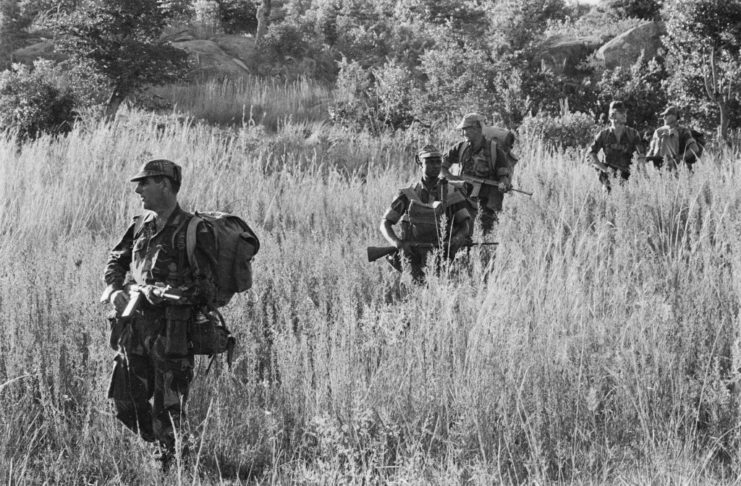
By 1974, the Selous Scouts were ready for deployment as part of the Rhodesian Army. They were tasked with collecting intelligence about guerrillas. They were grouped into teams of two and sent into the local Tribal Trust Land, the Black Scouts performing the infiltration while their White partners remained hidden. Once they’d gathered the information they needed, the Rhodesian Light Infantry (RLI) would finish the job.
The Selous Scouts quickly proved the program to be effective and Reid-Daly prepared them for their next deployment. In March 1974, they were divided into three-troop groups and sent to the Chimamanda Tribal Trust Land. As the end of the month approached, their commanding officer also deployed one-troop scouts into the area.
By the end of the year, they’d killed and captured 221 guerrillas.
Performing cross-border operations
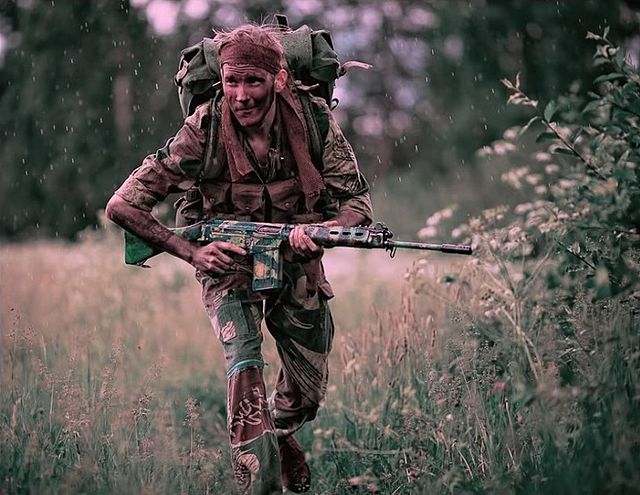
With the effectiveness of the Selous Scouts evident, the troops became more heavily involved in cross-border operations, starting toward the end of 1975 and carrying on through the next five years. Their first operation was an attack launched on the ZANLA in Mozambique in January 1976.
Over the course of many months, the Selous Scouts employed fast vehicle columns against their targets. The successful attacks against the ZANLA led to the creation of a reconnaissance group, commanded by Capt. Chris Schulenburg, which was tasked with providing security intelligence to the rest of the force.
The remainder of the decade saw the Selous Scouts participate in attacks against other groups, such as the Zimbabwe African National Union (ZANU), the Zimbabwe Peoples Revolutionary Army (ZIPRA) and the Zimbabwe African Peoples Union (ZAPU).
Operation Eland
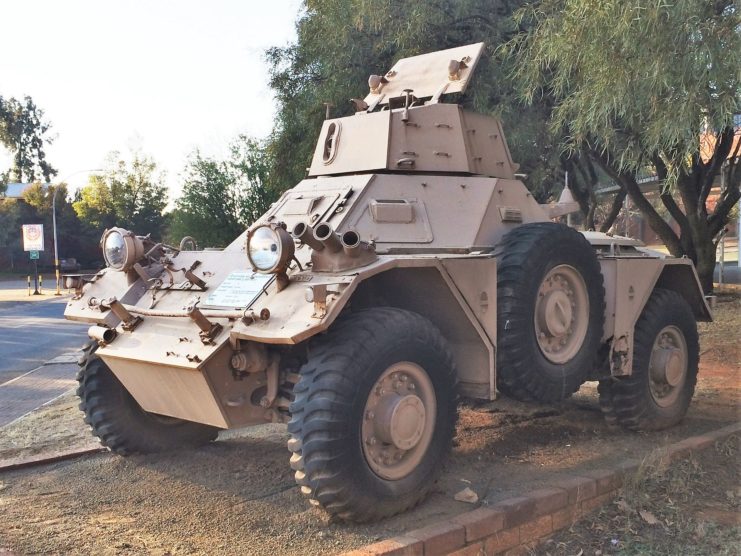
The most well-known mission carried out by the Selous Scouts was 1976’s Operation Eland. Also known as the Nyadzonya Raid, it was launched against a ZANLA guerrilla camp in Mozambique following a string of attacks by enemy militants.
Despite being outnumbered 72 (some sources say 84) to 1,200, the Scouts gained entry to the camp by convincing the guards they were friendlies. They subsequently opened fire, resulting in the deaths of between 1,028 and 1,200 guerrillas. Only five Scouts were wounded in the engagement.
The fallout from the operation was almost immediate. The South African government officially ended its military assistance for Rhodesia, and there was increased pressure for the Rhodesian government to accept a transition to Black majority rule. This was agreed upon in principle by Prime Minister Ian Smith in September 1976, one month after the raid.
Operation Vodka
Another notable Selous Scouts raid, codenamed Operation Vodka, was carried out in 1978. During the mission, the Scouts were tasked with freeing and retrieving Rhodesian Security Forces members, as well as ZIPRA dissidents, who’d been interned at a camp in Mboroma.
“We naturally wanted to free our own men, but the freeing of Zipra dissidents was also a very attractive proposition, as all the things being equal, they would likely have some interesting stories to aid our war effort,” Reid-Daly later explained in his book, Selous Scouts: Top Secret War.
At the close of the year, the operation was deemed a success and the Selous Scouts released 32 prisoners and returned them to Rhodesia.
End of the Selous Scouts
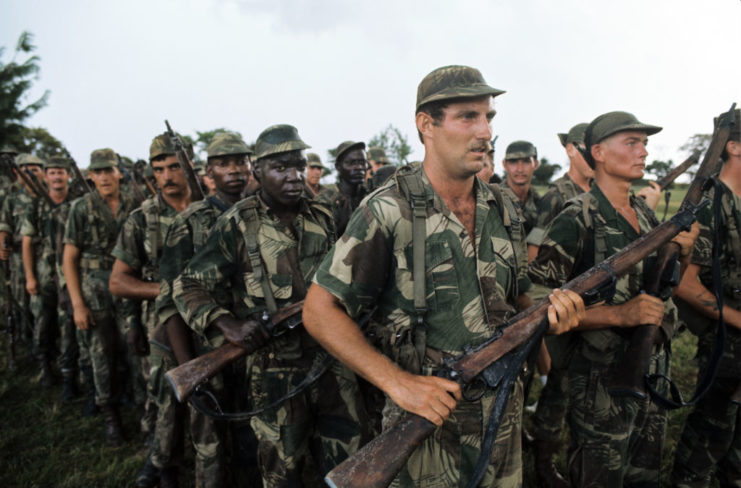
The Selous Scouts’ work was finished by the end of the decade. Over their seven-year existence, the Scouts earned themselves a fearsome reputation. The actions of their combat reconnaissance force accounted for 68 percent of all guerrillas killed or injured during the Rhodesian Bush War, while they themselves only suffered 36 casualties.
As the conflict came to a close, it was clear the Scouts weren’t a sustainable force with the changing times. The Geneva Convention prevents troops from disguising themselves as civilians to get close to the enemy. This being the Selous Scouts’ primary tactic, they had no place moving forward.
The members of the once 1,000-strong unit were rebadged with those of their previous military regiments, with some going on to work alongside the security forces in South Africa. This led to the adoption of many Selous Scout tactics by the South African Police and the country’s Defence Force.
They weren’t praised for everything
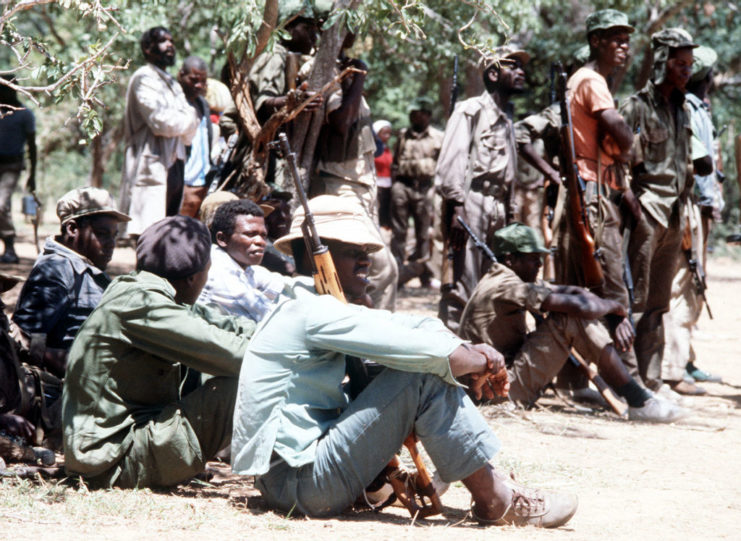
While the Selous Scouts earned a reputation as a fearsome unit, they also gained one for being merciless killers. It’s alleged they took part in murder, sexual assault, weapons smuggling and the poaching of ivory. There were also instances of arson and kidnapping, as shown during attacks in Botswana. While illegal, these activities weren’t punished by Rhodesia’s government.
The Scouts also participated in chemical warfare. They were instructed to poison bodies of water around guerrilla camps in Mozambique with cholera. There were also rumors that they spread anthrax, with their overall activities along the Mozambican border resulting in the deaths of 200 civilians.
The Selous Scouts were also instructed to participate in biological warfare, taking captive diseased persons from a local hospital. Once removed, it would have been impossible to determine whether the infected person(s) were civilians or enemies. In the end, they didn’t comply with this order, but their motivations may not have been just. The hospital later burned down, along with those inside, after a tracer was fired at its grass roof.
More from us: Hugh Thompson Jr. Saved Innocent Civilians During the Mỹ Lai Massacre – He Was Deemed a Traitor
The use of chemical and biological warfare had an adverse effect on Rhodesia’s population. While it led to guerrilla deaths, it also further isolated the country’s Black population from its White government. Eventually, these actions led to international opposition to the country’s minority government.
